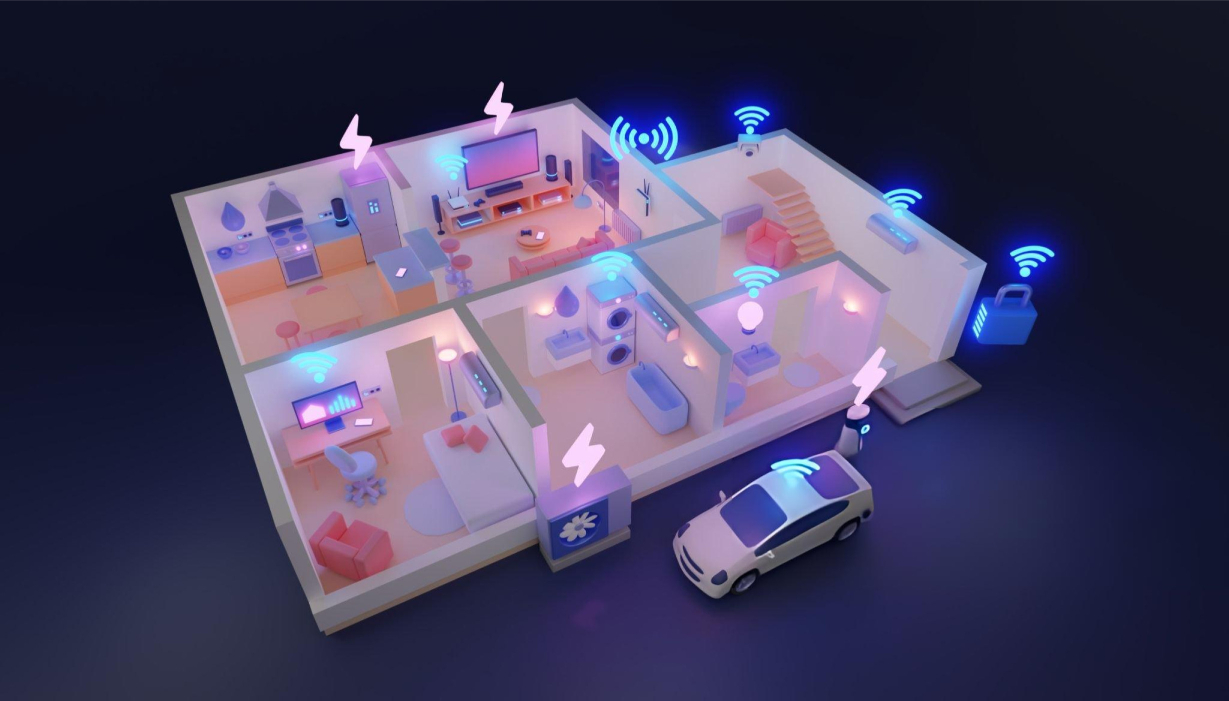Smart homes are revolutionizing modern living, offering automation, security, and energy efficiency through connected devices. These homes use advanced technology to create seamless control over lighting, climate, security, and appliances. Homeowners can operate their smart systems using mobile apps, voice assistants, or centralized automation hubs. Understanding how smart homes work involves communication protocols like Wi-Fi, Zigbee, and Z-Wave, which enable these devices to interact efficiently
As artificial intelligence becomes more advanced, smart homes are now capable of learning user behaviors. They adjust settings automatically, making daily life more convenient and secure. Whether you’re looking to automate your lighting, control your thermostat remotely, or enhance your home’s security, smart home technology offers a solution.
What Is a Smart Home?
A smart home is a residence equipped with internet-connected devices that automate everyday tasks. These systems include lighting, climate control, security, entertainment, and appliances. Homeowners can control these functions remotely, reducing energy waste and enhancing convenience. With real-time data processing, smart homes can adjust settings based on occupancy, weather conditions, and user preferences.
Key Components of a Smart Home
Smart Hubs
A smart hub serves as the command center of a connected home. It allows devices from different brands and platforms to communicate. The Homey Pro hub, for example, supports multiple communication protocols, ensuring smooth operation between smart lighting, security cameras, and thermostats. A centralized hub eliminates the need for multiple apps and simplifies automation.
Smart Lighting
Automated lighting systems improve both convenience and energy efficiency. Brands like Lutron Caséta offer smart lighting solutions that integrate with voice assistants and automation schedules. Homeowners can set lights to turn on at sunset, dim for evening relaxation, or adjust based on occupancy.
Smart Security
Security is a top priority for many smart homeowners. AI-powered cameras, motion sensors, and smart locks provide real-time surveillance and alerts. The EufyCam 3 uses facial recognition and encrypted local storage, reducing reliance on cloud services. Homeowners can monitor their property remotely and receive alerts in case of suspicious activity.
Smart Climate Control
Smart thermostats enhance energy efficiency by learning user routines and adjusting temperature settings accordingly. The Ecobee Smart Thermostat optimizes heating and cooling based on occupancy and outdoor conditions. These systems help reduce electricity bills while maintaining indoor comfort.
How Smart Homes Communicate
Smart home devices use different communication protocols to connect and function efficiently. Wi-Fi is commonly used for high-bandwidth devices like cameras and voice assistants. Zigbee and Z-Wave are preferred for low-power devices such as sensors and smart plugs. The new Matter standard improves interoperability, allowing devices from various brands to work together seamlessly.
For a closer look at home security automation, visit our Smart Security Installation page.
Benefits of a Smart Home
Convenience
Smart homes simplify daily tasks by automating lighting, climate, and security. With voice commands or smartphone apps, users can adjust settings instantly. Automation eliminates the need for manual adjustments, making home management effortless.
Energy Efficiency
By optimizing heating, cooling, and lighting schedules, smart homes significantly reduce energy consumption. Smart thermostats adjust temperatures based on occupancy, while motion-activated lights ensure that energy isn’t wasted when rooms are unoccupied.
Security
Smart security systems provide 24/7 surveillance, instant alerts, and remote access. AI-powered cameras detect unusual activity, while smart locks allow homeowners to control entry points from anywhere. These features enhance safety and prevent break-ins.
Setting Up a Smart Home
Creating a smart home starts with selecting compatible devices and integrating them into a cohesive system. Homeowners should choose a hub that supports their devices and allows seamless automation. Smart lighting, security, and climate control should work together to optimize efficiency. Professional installation ensures that devices function correctly and prevents connectivity issues.
TechNest specializes in smart home installation in Calgary, offering expert integration of security, lighting, and automation systems.
Conclusion
Smart homes are redefining modern living by offering convenience, security, and energy efficiency. By integrating connected devices, homeowners can enjoy a more efficient, responsive, and automated home environment. Whether upgrading an existing home or designing a new smart home system, investing in automation provides long-term benefits.
Ready to simplify your life with smart home automation? TechNest provides expert installation for a seamless, connected living experience.

